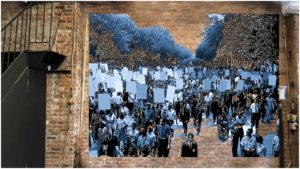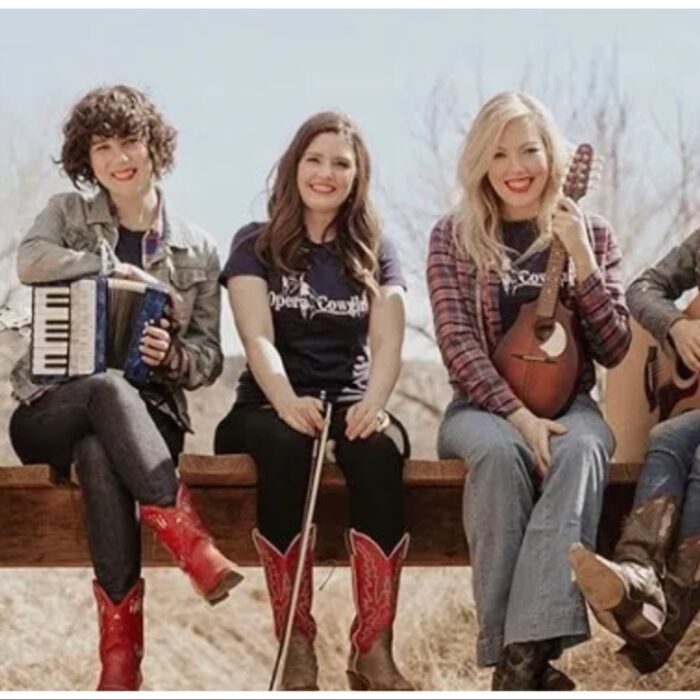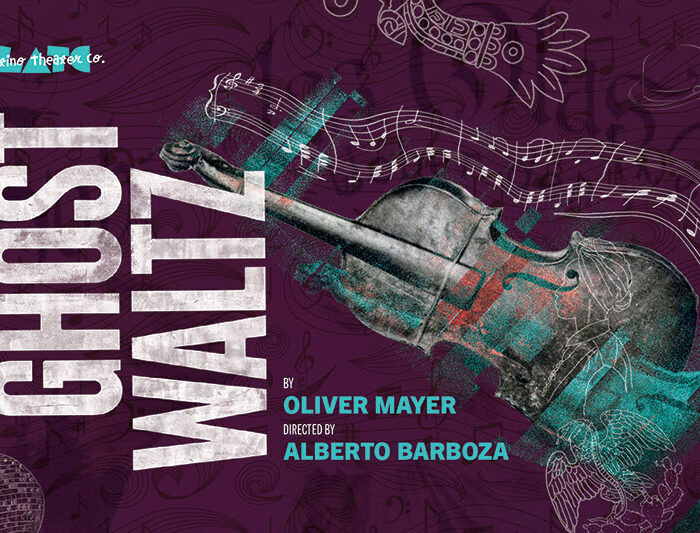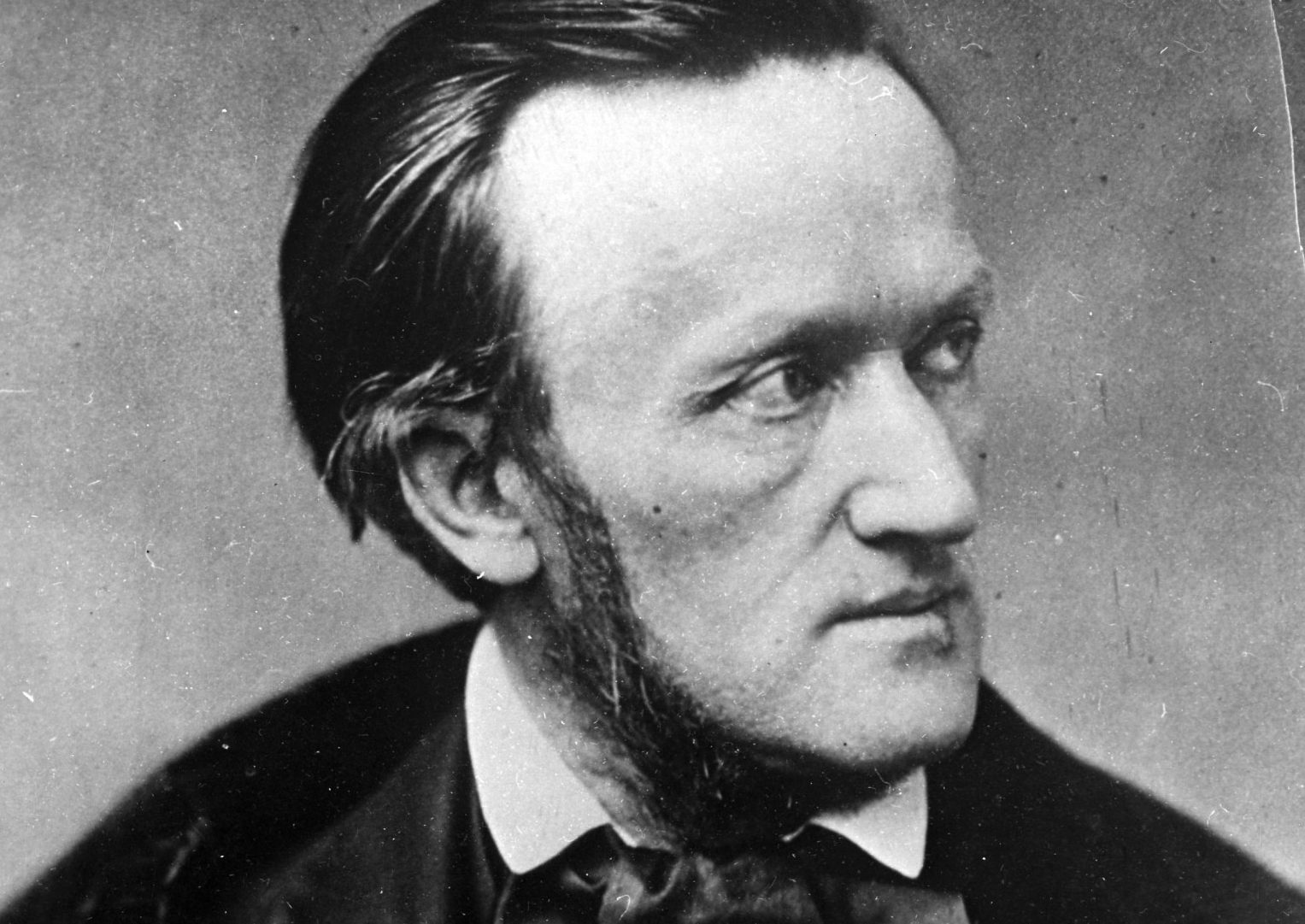
New York Opera Festival 2019 Preview: Vertical Player Repertory Shines A Light On ‘The Constitution: A Secular Oratorio’
By David SalazarThe New York Opera Fest 2019 kicked off on Monday, April 29 and for the next several weeks, New Yorkers will get ample opportunity to enjoy opera in a variety of unique ways. As has been OperaWire’s tradition over the years, we have reached out to a number of the companies participating in the festival and have asked their respective leaders a series of questions that will allow our readers to get to know them a bit.
Vertical Player Repertory is set to showcase one of the most unique and fascinating works in New York when it presents “The Constitution: A Secular Oratorio” on July 27 and 29, 2019 at Behind the Door.
Tell us why you’re excited to participate in this year’s New York Opera Festival.
I’m always thrilled to be part of this collective upsurge of creativity in opera. Each Opera Fest makes me feel like I’m riding a wave of energy and excitement for our art form, generated by all my tireless colleagues in this crazy business. I love hearing about what everyone is doing and getting inspiration from them, even if my rehearsal process doesn’t always leave room for me to actually support them in the flesh.
What themes and/or issues are addressed in your production, and how are they relevant to your company and its mission?
We’re presenting The Constitution, A Secular Oratorio, by Benjamin Yarmolinsky. This year I felt an urgent need to engage with the political crisis in our country. When I heard that Ben Yarmolinsky had just completed an oratorio setting of the U.S.Constitution, Bill of Rights and Amendments, scored for chorus and soloists, I immediately contacted him to see if we could get the performance rights. As an opera producer, director and performer, but also as a thinking and concerned citizen, I wanted to express my concern and care for my country, and the world we share, through the prism of art. The U. S. Constitution has been much mentioned in recent news. We’re inviting our audience to revisit our democracy’s rule book in a new way, and reflect on the rights it guarantees. Yarmolinsky, a composer called “wildly eclectic” by The New York Times, specializes in tackling legal texts, for example, the Miranda Rights, the IRS 1040, and the transcripts of the Anita Hill/Clarence Thomas hearings set as an opera (Clarence & Anita). In this oratorio, he draws from the history of American and European music, combining jazzy rhythms, blues, folk, gospel, and Handelian flourishes, to give voice to the Constitution’s iconic words in a clear, vigorous, and highly singable style. Given the dangerous state of affairs in our country, I feel very strongly the importance of performing this piece right now, of engaging artistically with this crucial document that defines our rights and freedoms as citizens, aspiring citizens, and residents of this country. Singing and embodying these carefully crafted legal phrases at rehearsal has heightened my desire, and that of the entire cast and team, to create a communal listening experience for our audience. We are inviting these concepts to enter us collectively in the way that only music can. Words set to music linger in the memory—and Ben’s music is very catchy. People might walk away from this performance humming an amendment or two! Besides being enjoyable, I hope the experience will spark our resolve to uphold the constitutional ideals of justice, freedom, human dignity, and participation in government, ideals which are in constant need of our awareness and protection.
What is something special or unique about your production that NYC audiences can look forward to?
I don’t think too many people have seen a staged performance of the Constitution set as an oratorio for chorus and soloists; in fact, I’m not sure if there is another such work out there! In addition, The Constitution will be performed in Vertical Player Repertory’s unique storefront performance space, Behind the Door, which served as a sculpture studio before it was repurposed for performances of opera and classical music in 1998. The New York Times called its 19th century high ceilings and brick walls “one of the most intimate spaces for opera in all New York.” The 25 performers–an SATB chorus and eight wonderful soloists–will be staged in an unusual configuration, in the semi-round, and the audience will have the visceral thrill of being right next to the singers, something which indie opera aficionados seem to particularly enjoy. The art installation we are commissioning as our set design will enhance and deepen the experience of being surrounded by the voices, words, ideas, and images that evoke our history, hopes, and struggles as a nation. The 14′ high walls of the theater will be covered with floor to ceiling hanging panels by visual artist Karni Dorell, much of whose work deals with the movement of crowds and populations. For our production, Dorell has chosen to work with images from two different marches: the Women’s March of 2016 and the great Civil Rights March on Washington of 1963, juxtaposed on two facing walls in the theater. The images of the crowds facing and echoing each other evoke the sense that “We the People,” including the audience and performers who share the space, are connected to multitudes through time, by the faith in our constitutional rights.
What role do you think “indie opera” plays in a city like NYC and for the future of the art form as a whole?
Indie opera plays an essential role in the artistic and operatic ecosystem. In the 20 years since I have been producing opera, I have seen many larger companies gain inspiration from the flexible and adventurous aesthetic of smaller, more nimble companies who are not afraid to take risks and push the boundaries of the art form. I believe we in our turn took inspiration from the very fertile scene of the 60s, 70s, and 80s when there was a lot of creative ferment in NYC, and there were still affordable spaces available in old buildings for artistic exploration. Experimentation and play are essential elements of creation, and I feel that grassroots performing groups such as ours have the advantage of being free from the rigid hierarchy of the opera business. It doesn’t necessarily make our end product superior, but it allows for more spontaneity. I approach the creation of live performances much the same way as I approach working in an art studio, trusting in process and exploration. Of course, most of us struggle to make ends meet, and my personal regret is always not being able to pay our excellent and dedicated artists more. It’s a conundrum—many of the glowing articles about indie opera neglect to mention the dysfunctional business model in the arts and the intense struggle we face to produce work in this difficult economy.
Categories
IndieOpera

